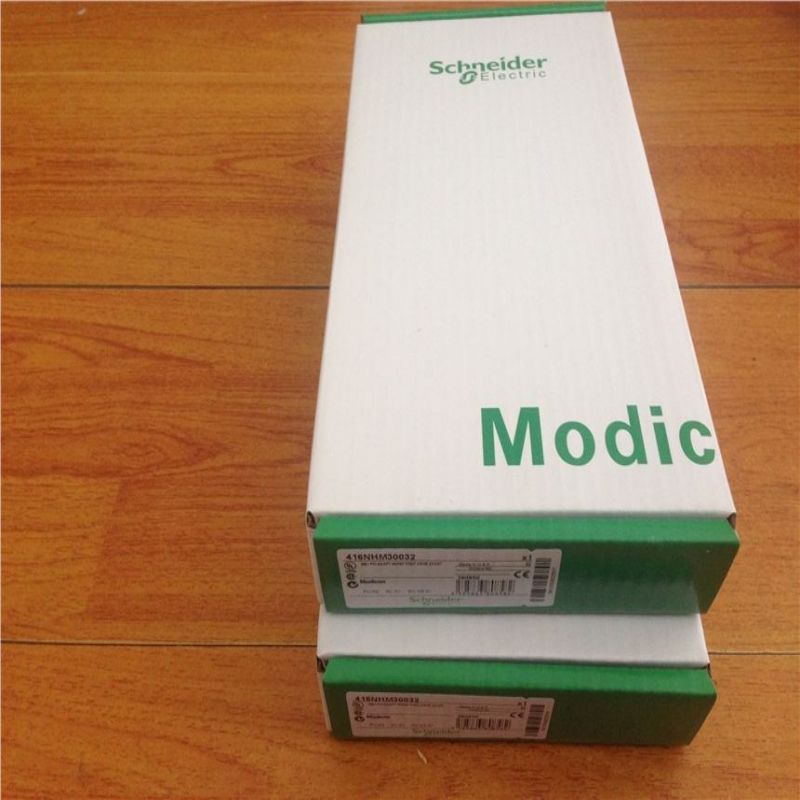
Holiday notice! Tomorrow, the company's tail teeth, a year's hard work is coming to an end! The Spring Festival holiday starts on January 26 and officially starts on February! I wish all my colleagues a new year and a lucky year of the tiger!
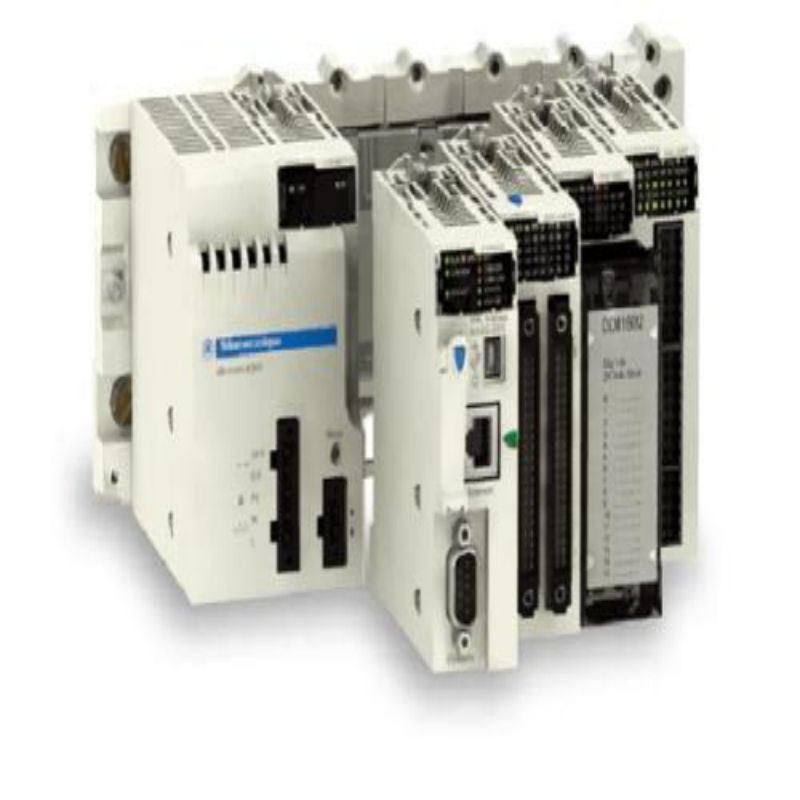
Today is a very important solar term for us Chinese: the winter solstice. The winter solstice is as big as a year, and the world is reunited. May you have dumplings and dumplings. The company ordered hot dumplings for us today. Although it cooled down and rained, my heart was still warm.
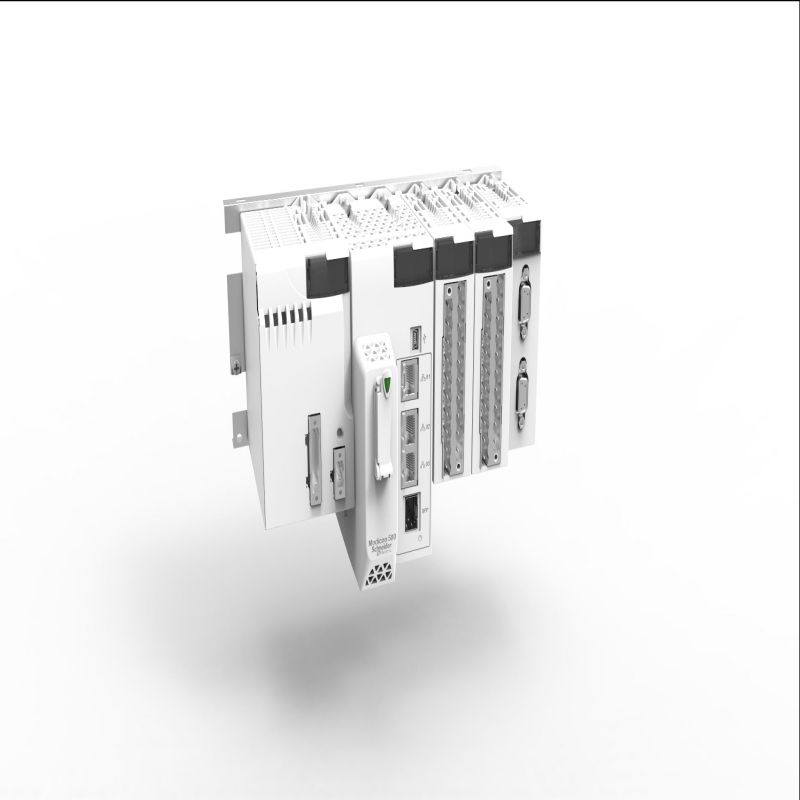
Welcome new colleagues to join us. Today we have a new assistant. There is only the last month left this year. Come on!

Analog Devices, Inc. (Nasdaq: ADI) announced a newly commissioned study conducted by Forrester Consulting on behalf of Analog Devices, that shows that industrial manufacturers who have made investments in connectivity technologies (“high maturity”) are better positioned to drive innovation and gain a competitive advantage compared to firms that have been slower to implement connectivity (“low maturity”) across the factory floor. The study, based on a survey of more than 300 manufacturing, operations and connectivity executives across the globe, found that 85% of high maturity firms are currently using Industrial Internet of Things (IIoT) technologies across much of the factory floor, compared to 17% of low maturity organizations. Over half (53%) of low maturity organizations report that their legacy equipment is unable to communicate with other assets. Connected firms believe that improving network reliability (including adding 5G networks) will create significant opportunity: 68% of high maturity firms say this will enable them to make better use of existing cloud infrastructure and 66% believe their industrial data and IP will be more secure. Conversely, only 21% of low maturity firms believe that improving network reliability will help improve security. However, all respondents agree that improving network reliability will improve efficiency by freeing up employees who are constantly resolving downtime issues. Low maturity firms struggle with security risk: 54% say that their lack of sophisticated cybersecurity strategy puts their business, customer, and employee safety at risk. The human element continues to pose challenges: Almost half (47%) of low maturity firms say they lack the expertise to understand which connectivity technologies to invest in, indicating a skills gap. Even high maturity firms report that it is not easy for them to access the insights they need to make labor planning and safety decisions. Real-time monitoring of equipment and productivity demonstrates an acute awareness of the high cost of unscheduled downtime: High (5%) and medium (17%) maturity firms reported much lower occurrence of unscheduled downtime of their industrial technology or equipment each week than low maturity companies (53%). These interruptions lead to higher cost of holding inventory and labor per unit, loss of production and customer confidence and decreased work capacity. This research shows us that while many firms are benefiting from the promise of industrial connectivity, others have significant legacy and talent-related hurdles to overcome. Both a shortage of in-house expertise and interoperability of systems and data are two major hindrances to manufacturing modernization. For this study, “Seamless Connectivity Fuels Industrial Innovation” (March 2021) – commissioned by Analog Devices – Forrester Consulting conducted a global online survey of 312 industrial connectivity strategy leaders. Survey participants included decision-makers in IT, oper...
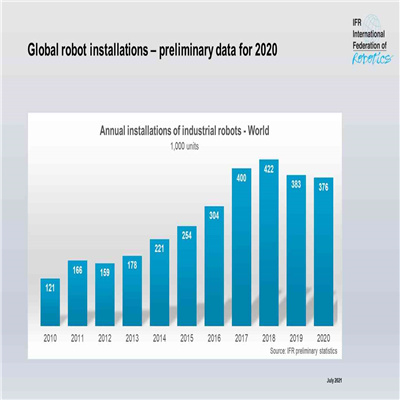
The preliminary World Robotics data for China released by the International Federation of Robotics (IFR) shows a sales increase of industrial robots by 19% in 2020. The outlook for the robotics industry is optimistic”, says Milton Guerry, President of the International Federation of Robotics. “In China, where the coronavirus lockdown came into force first, the robotics industry started to recover already in 2020. In total 167,000 industrial robots were shipped. Market growth in China also has a strong positive impact on foreign suppliers – up 24% or 123,000 industrial robots were shipped from abroad. Japanese suppliers have a dominant market share. Domestic suppliers delivered 44,000 units to their home market which is an increase of 8% compared to 2019. Worldwide, North America and Europe Global robot installations in 2020 were down 2%, particularly under the impact of the Corona pandemic. Still the decline in sales was more moderate than expected. OECD projects global GDP growth to be 5.5% in 2021 and 4% in 2022. Nevertheless, the situation is mixed in different countries. The order intakes of the robotics industry 2021 give reason to expect strong growth in North America and Europe. Order books in the US for example are filling up fast. In Germany, the forecast for the current year shows a strong recovery and signifies a positive turning point for the industry. Even better sales figures will be achievable if the current supply bottlenecks for key components can be quickly overcome. Reduction of carbon footprint The global path to climate neutrality is generating new business. In order to achieve the ambitious climate targets, economies have started to scale renewable energies and environmental technologies to unprecedented dimensions. Robotics and automation enable companies of all sizes to produce the components needed, e.g. fuel cells for hydrogen-powered cars or batteries in the transport sector and solar panels in the energy sector. The new generation of easy-to-use robotics helps to optimize performance in the production process and move manufacturing closer to regional markets at competitive cost. Robotics have proven flexibility to quickly adapt production and respond to changes in demand as well as smaller batch sizes,” says Milton Guerry. “The benefits of increased productivity safeguards jobs by keeping companies competitive.

The report "Smart Manufacturing Platform Market with COVID-19 Impact, by type (Device Management, Connectivity Management, Application Enablement Platform), Application (Performance, Optimization, Asset & Condition Monitoring), Industry, Region - Global Forecast to 2026" According to the new research report, the global smart manufacturing platform market size is expected to grow from USD 5.8 billion in 2021 to USD 13.2 billion by 2026, at a CAGR of 18.0%. The growth of this market is driven mainly by growth in industrial automation, growing adoption of smart manufacturing platforms in automotive industry, increasing support from governments for industrial automation, and growing need for streamlined and automated data to boost productivity. Discrete industry is estimated to hold the largest growth rate of the smart manufacturing platform market during the forecast period. The discrete industry includes automotive, industrial manufacturing, electronics & semiconductor, medical device, aerospace & defense, and others. Among these, the automotive industry dominates the smart manufacturing platform market and is expected to grow at the highest rate of 22.1% during the forecast period owing to changing consumer preferences and inefficiency of traditional processes. Changing consumer preferences, technological advancements, and the introduction of regulations associated with the automotive industry are responsible for the high complexity of automobile products. Smart manufacturing platform for device management platform type to grow at highest CAGR from 2021 to 2026 The emergence of artificial intelligence, IIoT, smart manufacturing, Industry 4.0, digitization, and connected enterprise has influenced various industries to deploy advanced solutions in their plants. As a large amount of data is generated from various devices used in industrial facilities thus, it has become vital to manage the devices and data generated. The device management platform allows to connect and disconnect new devices, control various devices, view details of devices and check their status, and monitor devices remotely. The smart manufacturing platform market in APAC is expected to grow at the highest CAGR from 2021 to 2026 The smart manufacturing platform market in APAC is expected to grow at the highest CAGR from 2021 to 2026 Major companies operating in this smart manufacturing platform market include ABB (Switzerland), Siemens (Germany), Schneider Electric (France), IBM (US), PTC Inc. (US), SAP SE (Germany), Emerson Electric Co. (US), and GENERAL ELECTRIC (US).
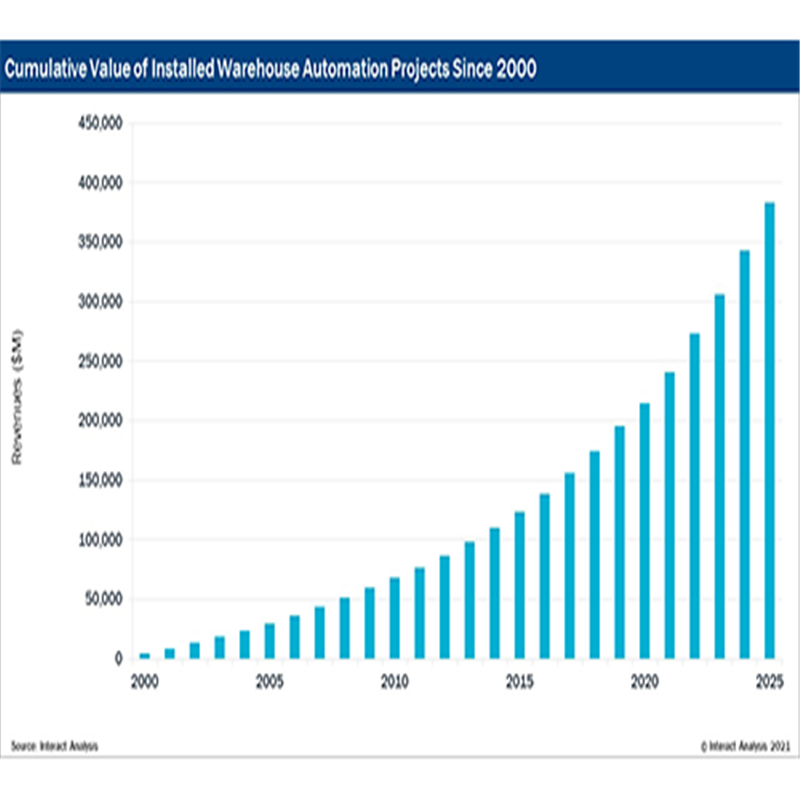
In a new report on the warehouse automation service market, research company Interact Analysis has revealed that soaring growth in the warehouse automation equipment market is causing parallel growth in the market for service contracts–worth $4.3bn in 2020 and projected to grow to $8.7bn by 2025. Interact Analysis’s research predicts that the global market for servicing of installed automation equipment will see year-on-year double-digit growth up to 2025, when revenues will top $8.7bn. This will be a stable and lucrative market for OEMs and integrators, affording higher profit margins than equipment sales. Currently, a significant number of end-users carry out service and maintenance in-house or use a third party. And there are also customers who consider it cost-effective to leave their machinery un-serviced. Interact Analysis’s work shows that the growing complexity of equipment and rising pressure to avoid machinery down-time, will mean that OEMs and integrators will significantly grow their share of the services market in the next five years. The research shows that the potential revenue generated from offering a lifetime service contract to an automation project is roughly equivalent to the original cost of the project. So, in broad brush terms, a whole-life service contract could double the original revenue from the sale of the machinery. Furthermore, the research shows peaks and troughs in the service cycle, with the highs coming around the 5-, 10- and 15-year marks, corresponding to times when parts are likely to require replacement, and computers and control equipment to need upgrading. In 2020, on-site service in various incarnations - site visits to identify and repair problems, preventive maintenance visits, and the deployment by OEMs of technicians to sites on a full- or part-time basis – accounted for 40% of service revenues. Upgrade services (modernization or alteration of existing systems, not replacement) accounted for 22%, and remote services, where customers have telephone hotline access to support, 19%. That figure of 19% belies the fact that basic hotline service packages have a very high take-up among end-users, some 80-90%. Additionally, on-site services will become more prevalent as automation solutions get more sophisticated.

Analog Devices, Inc. (Nasdaq: ADI) announced a newly commissioned study conducted by Forrester Consulting on behalf of Analog Devices, that shows that industrial manufacturers who have made investments in connectivity technologies (“high maturity”) are better positioned to drive innovation and gain a competitive advantage compared to firms that have been slower to implement connectivity (“low maturity”) across the factory floor. The study, based on a survey of more than 300 manufacturing, operations and connectivity executives across the globe, found that 85% of high maturity firms are currently using Industrial Internet of Things (IIoT) technologies across much of the factory floor, compared to 17% of low maturity organizations. Over half (53%) of low maturity organizations report that their legacy equipment is unable to communicate with other assets. This past year was a true catalyst for digital transformation and many businesses needed to navigate and adopt connectivity strategies that helped them to become more agile and lay the groundwork for future innovation,” said Martin Cotter, SVP Industrial, Consumer & Multi-Markets at Analog Devices. “We see significant opportunity in the adoption of connectivity solutions, including 5G, to help organizations get data more quickly, enabling end applications. Connected firms believe that improving network reliability (including adding 5G networks) will create significant opportunity: 68% of high maturity firms say this will enable them to make better use of existing cloud infrastructure and 66% believe their industrial data and IP will be more secure. Conversely, only 21% of low maturity firms believe that improving network reliability will help improve security. However, all respondents agree that improving network reliability will improve efficiency by freeing up employees who are constantly resolving downtime issues. Low maturity firms struggle with security risk: 54% say that their lack of sophisticated cybersecurity strategy puts their business, customer, and employee safety at risk. The human element continues to pose challenges: Almost half (47%) of low maturity firms say they lack the expertise to understand which connectivity technologies to invest in, indicating a skills gap. Even high maturity firms report that it is not easy for them to access the insights they need to make labor planning and safety decisions. Real-time monitoring of equipment and productivity demonstrates an acute awareness of the high cost of unscheduled downtime: High (5%) and medium (17%) maturity firms reported much lower occurrence of unscheduled downtime of their industrial technology or equipment each week than low maturity companies (53%). These interruptions lead to higher cost of holding inventory and labor per unit, loss of production and customer confidence and decreased work capacity. This research shows us that while many firms are benefiting from the promise of industrial connectivity, others have signi...
Categories
New Products
Okuma AG1022 M04 Safety Relay Circuit Board Module H1102P-2 Read More
OKUMA A911-3072 POS2A 6-slot rack Casis with board ES-V5390 Read More
OKUMA ES-V5386 driver control board shipped overnight Read More
ABB 07AI90-S GJR5251200R0202 Advanced Controller Analysis Input Unit Read More
PARKER 631-004-230-F-00 servo drive brand new original Read More
BAUMULLER BUM60S-04/08-54-B-004-VC-A0-00-1113-00 Servo Drive Read More
TRICONEX 3504E Network Communication Module National Fast Shipping Read More
© Copyright: 2025 Kerien Automation Co., Ltd. All Rights Reserved.

IPv6 network supported